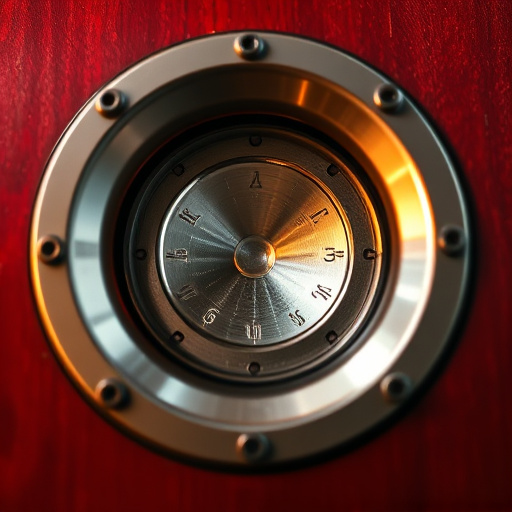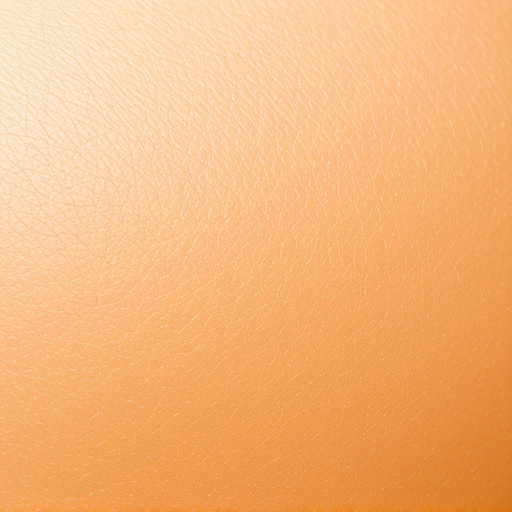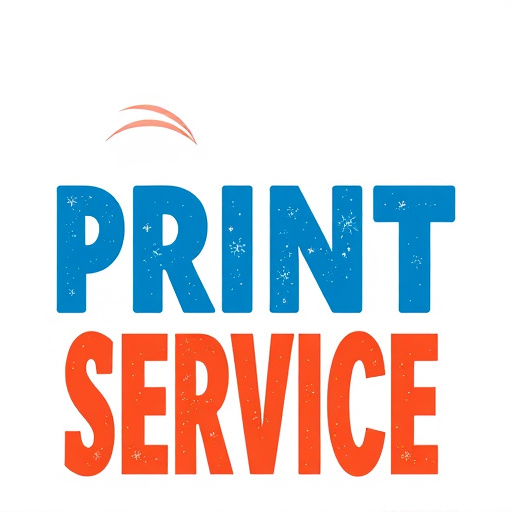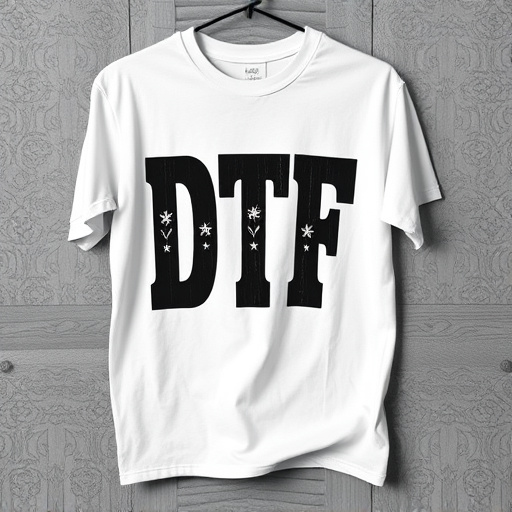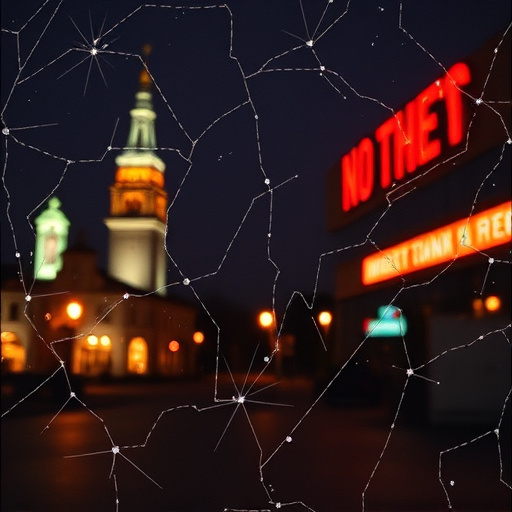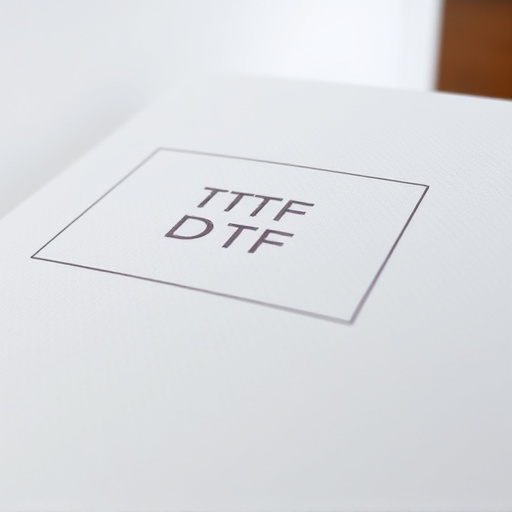Direct-to-Film (DTF) prints are transforming industries with their superior quality, efficiency, and versatility. This cutting-edge technology enables professionals to achieve stunning image clarity and color accuracy, ideal for motion pictures, animation, and visual effects. By eliminating intermediate steps, DTF prints streamline workflows and reduce turnaround times. They excel in reproducing intricate details, vibrant colors, and consistent high-resolution outputs on various media types. The professional creation of DTF prints involves meticulous color calibration, profile management, and advanced equipment to ensure accuracy. Proper storage, handling, and maintenance extend the lifespan of these prints. Delivering exceptional quality, utilizing top-tier materials, regular calibration, and customer communication are key to successful DTF print services.
In the realm of professional printing, Direct-to-Film (DTF) prints have emerged as a game-changer. This article delves into the art and science behind creating high-quality DTF transfers for customers, catering to those seeking vibrant, lasting impressions. From understanding the unique properties of DTF prints to mastering the intricate process, equipment selection, color calibration, preservation techniques, and customer experience best practices – each step ensures exceptional results. Discover the secrets to delivering stunning DTF prints that meet and exceed expectations.
- Understanding Direct-to-Film (DTF) Prints: A Professional's Perspective
- The Process: From Source Material to Final Print
- Choosing the Right Equipment for Optimal Quality
- Color Calibration and Profile Management
- Ensuring Longevity: Preservation Techniques for DTF Prints
- Customer Experience: Best Practices for Delivering High-Quality Transfers
Understanding Direct-to-Film (DTF) Prints: A Professional's Perspective

Direct-to-Film (DTF) prints represent a cutting-edge technology in the printing industry, offering unparalleled quality and efficiency for professionals. This innovative process involves transferring digital data directly onto film, eliminating traditional intermediate steps. From a professional’s standpoint, DTF Prints offer several key advantages. Firstly, they ensure exceptional image clarity and color accuracy, making them ideal for demanding applications like motion pictures, animation, and visual effects. By bypassing the need for physical proofs, DTF prints streamline workflows, reducing turnaround times significantly.
Moreover, these prints are versatile, catering to various media types and formats. Whether it’s large-format displays or intricate details in miniature scenes, DTF technology adapts seamlessly. Professionals appreciate the ability to produce high-resolution outputs consistently, ensuring every detail is captured flawlessly. This precision is particularly crucial for achieving realistic visual effects and enhancing on-screen experiences.
The Process: From Source Material to Final Print

The process of creating direct-to-film (DTF) prints involves several meticulous steps, ensuring that the source material is transformed into a high-quality final print. It begins with the acquisition of the original content, whether it’s a film, video, or animation. This source material is then carefully evaluated to determine the best approach for transfer, considering factors like resolution, color accuracy, and file format.
Preparation is key; the source material is optimized and processed to meet the requirements of DTF printing. This includes color grading, noise reduction, and ensuring proper exposure. Once ready, the content is converted into a suitable format for printing, often involving specialized software that enables precise control over the transfer process. The print itself is then produced using advanced equipment, carefully calibrating settings to match the original material’s characteristics, resulting in a faithful reproduction on film.
Choosing the Right Equipment for Optimal Quality
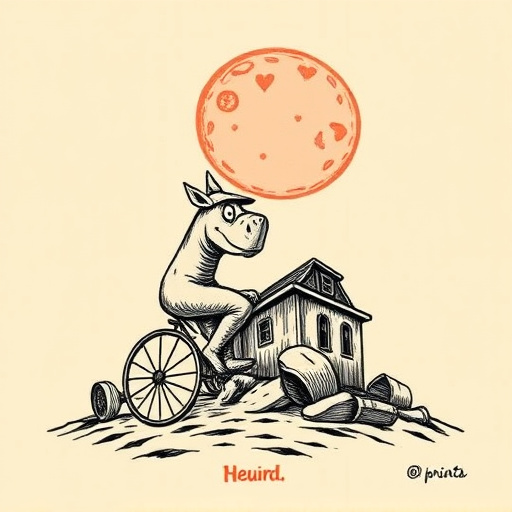
When creating direct-to-film (DTF) prints, choosing the right equipment is paramount for achieving optimal quality. Professionals in this field rely on advanced technology to ensure precise color reproduction and crisp detail. High-resolution scanners and top-tier printers are essential tools that capture every nuance of the original material, whether it’s a photograph, painting, or graphic design. These devices use specialized inkjet or laser technologies to produce DTF prints that rival their film counterparts in both appearance and texture.
Investing in high-end hardware also means considering additional factors like color management systems and calibration tools. These features help maintain consistent results across different print jobs, ensuring that each DTF print meets the highest standards of excellence. By selecting equipment with these capabilities, professionals can offer customers prints that not only look exceptional but also remain true to the original work’s artistic intent.
Color Calibration and Profile Management
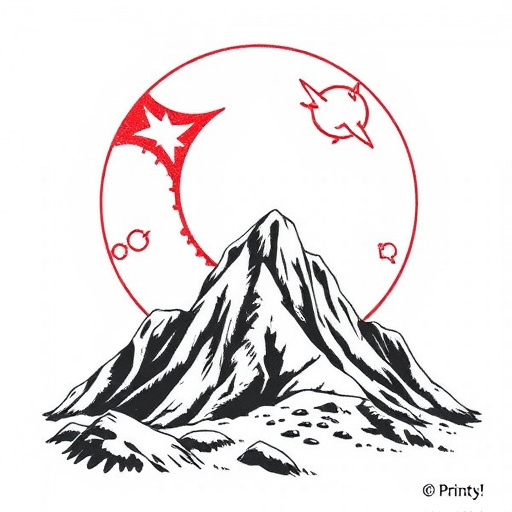
The professional creation of direct-to-film (DTF) transfers requires meticulous color calibration and profile management to ensure optimal results. This process involves fine-tuning every step of the production line, from input to output, to guarantee that colors appear accurately on the final prints. Color profiles, which act as digital descriptions of how colors should be rendered, are meticulously adjusted to match the specific characteristics of each film stock and printing method.
By managing these profiles effectively, technicians can maintain consistent color accuracy across batches, ensuring that DTF Prints meet or exceed customer expectations. This attention to detail is crucial for delivering high-quality, vibrant images that truly bring films to life on screen.
Ensuring Longevity: Preservation Techniques for DTF Prints

To ensure the longevity of Direct-to-Film (DTF) prints, several preservation techniques must be implemented. The first step involves using high-quality materials and inks that are designed for long-term stability. This includes choosing durable substrates and eco-friendly inks that resist fading, cracking, or yellowing over time. Proper storage conditions are equally crucial; storing DTF prints in a cool, dry, and dark environment helps prevent environmental damage caused by humidity, sunlight, and temperature fluctuations.
Additionally, proper handling and display techniques contribute significantly to print preservation. This involves framing the prints under UV-filtering glass to protect against harmful light rays and mounting them on acid-free paper or boards to avoid direct contact with potentially damaging materials. Regular cleaning and maintenance, such as dusting and preventing physical damage, further extend the lifespan of DTF prints, ensuring their beauty and significance endure for generations to come.
Customer Experience: Best Practices for Delivering High-Quality Transfers
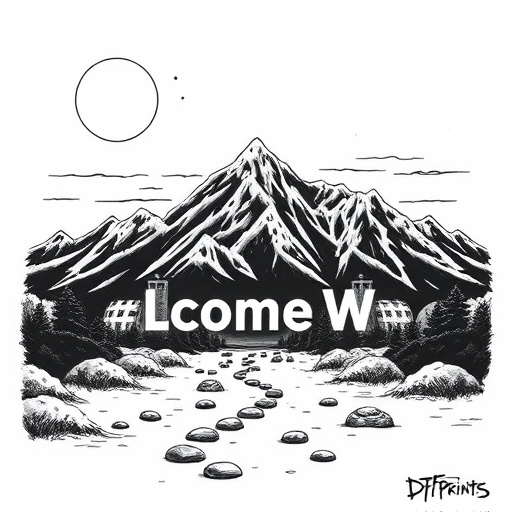
When it comes to direct-to-film (DTF) prints, delivering high-quality transfers is paramount to ensuring a satisfying customer experience. Best practices involve utilizing top-tier equipment and materials to achieve sharp resolution, vibrant colors, and accurate color representation. Regular calibration of printers and consistent quality checks at every stage of the transfer process are essential. Communication with customers about expected outcomes and potential limitations helps set realistic expectations.
Additionally, offering a range of customization options caters to diverse customer preferences. This includes selecting suitable film types, adjusting exposure settings for optimal results, and providing post-processing services like cutting, trimming, or adding special effects. Timely delivery and efficient order management further enhance the overall experience, fostering customer loyalty and encouraging repeat business for DTF print services.

